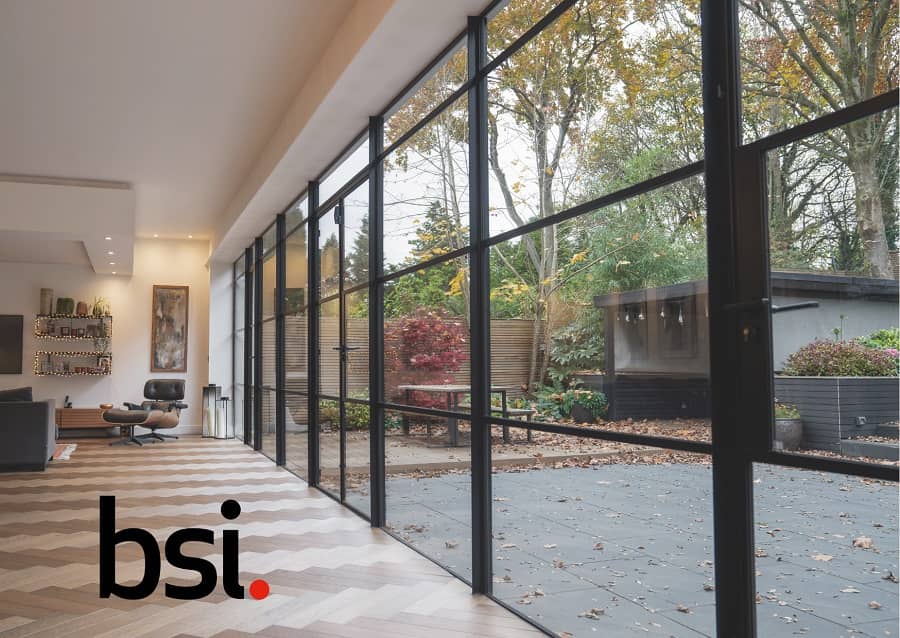Making the most of roof space with solar film

Solar panel on a red roof
Neil Spann, Chief Executive, Power Roll explains how solar film can make an effective use of roofs. He said that Power Roll has developed ‘a unique, flexible, lightweight solar film capable of producing ultra-low-cost green electricity that is up to 20 times cheaper to make than existing flexible PV.’ Power Roll’s microgroove film is suitable for non-load-bearing rooftops, building integration, transport, portable applications, off-grid projects and IoT (Internet of Things) sensors.
2050 may seem a long way off, but for the world to reach net-zero emissions in 30 years’ time, it is widely agreed that we need to invest heavily in renewable energy generation now.
Today’s solar technologies are well established and work well, so why change anything? It’s relatively cheap and easy to build ground mounted solar farms, using traditional rigid silicon PV modules. However, while public support for renewables is high, there is increasing concern about the impact large-scale solar farms are having on the landscape.
As an alternative to ground-mounted projects, commercial rooftops should be ideal for solar, but many are unable to support the weight of traditional silicon solar PV panels. Technology and cost breakthroughs, however, mean that we can deploy flexible lightweight solar film economically on non-load-bearing rooftops. This approach offers a potential game changer for renewable energy that can sustain large-scale solar roll-out and keep the world on course for net-zero.
How much solar do we need?
In terms of renewable capacity, National Grid, the UK’s energy systems operator reports that we needs to build 3GW of wind and 1.4GW of solar every year until 2050. We need to combine new generation capacity with energy storage to provide the flexibility to meet the country’s energy requirements.
The UK’s Climate Change Committee (CCC) in its Sixth Carbon Budget report calls on the country to ‘front-load’ decarbonisation. In other words more needs to happen in the 2020s than in the 2040s with UK electricity production reaching net-zero by 2035.
Renewable technology matures
Thanks to advances in technology and economies of scale, wind and solar are now among the cheapest ways to add generation capacity to the grid. Both technologies are now being deployed without the need for subsidies and are attractive to investors. Statistics released by the UK government in 2019 showed that solar energy had an 85% approval rate with the public.
With growing demand for more solar capacity and a good case for investment, the problem of increasing renewable generation capacity should take care of itself. However, there is growing opposition to utility-scale solar projects that occupy thousands of acres of greenfield land. Local residents are increasingly unhappy with the visual impact that ‘megascale’ solar farms have on the open countryside. Loss of agricultural land and reduced biodiversity are also grounds for mounting opposition to solar farm planning applications.
The roof-space opportunity
Driven largely by the continued growth of online retail, warehouse space has grown dramatically over recent years. In the UK alone, the Warehousing Association estimates the total warehouse roofspace to be around 420 million sq ft, and forecasts suggest the spike in online sales during 2020 alone will create demand for an additional 30 million sq ft of space.
All of this roofspace offers a potential solution to expand solar capacity without using up greenfield and agricultural land. Power Roll’s estimates suggest that current UK warehouse roofspace could accommodate almost seven gigawatts of solar – equivalent to building 1,400 typical five megawatt ground-mounted solar farms. With lightweight solar film that is cheaper to make and install, we can fully exploit the roof-space opportunity and take the pressure off the use of greenfield sites for solar farms.
Emerging technology promises an affordable, flexible and lightweight solution
While silicon PV is not suited to many rooftop applications, and conventional flexible PV can be prohibitively expensive, emerging solar film technology could well provide the solution.
We can manufacture solar film using well-understood roll-to-roll production techniques that will dramatically reduce the cost of solar film PV and deliver the lowest cost energy of any solar technology currently available.
Power Roll’s approach to manufacturing solar film, which uses widely available materials, yields a carbon footprint that is up to 20 times lower than silicon PV and less than a tenth of the cost to manufacture than other flexible PV.
Such an approach will enable solar film to replace traditional silicon PV especially for non-load-bearing roofs, such as warehouses and agricultural sheds. This opens up a huge opportunity, enabling countries to stay on track with expanding solar generation but without impacting on greenfield sites or risking loss of public support.
The opportunities for lightweight solar film are global. Power Roll recently signed an agreement with a leading Japanese energy company to expand renewable power generation across Japan; a country with a higher population density than the UK. We have another agreement with Thermax Group, a leading energy and environment solutions provider, to develop the market for solar film in India.
By installing solar film on commercial roof spaces we can also generate energy where it will be used by businesses, reducing their costs and simplifying power distribution.
As Britain’s National Grid Future Energy Scenario makes clear, we need to urgently invest in increasing solar energy capacity if we are to reach net-zero by 2050.
To achieve that in the most efficient way possible, without losing the public’s goodwill towards solar, we must harness the latest technology solutions to enable us to make use of more roof space and save our green fields and agricultural land. Emerging solar film PV solutions will enable us to do just that.




















